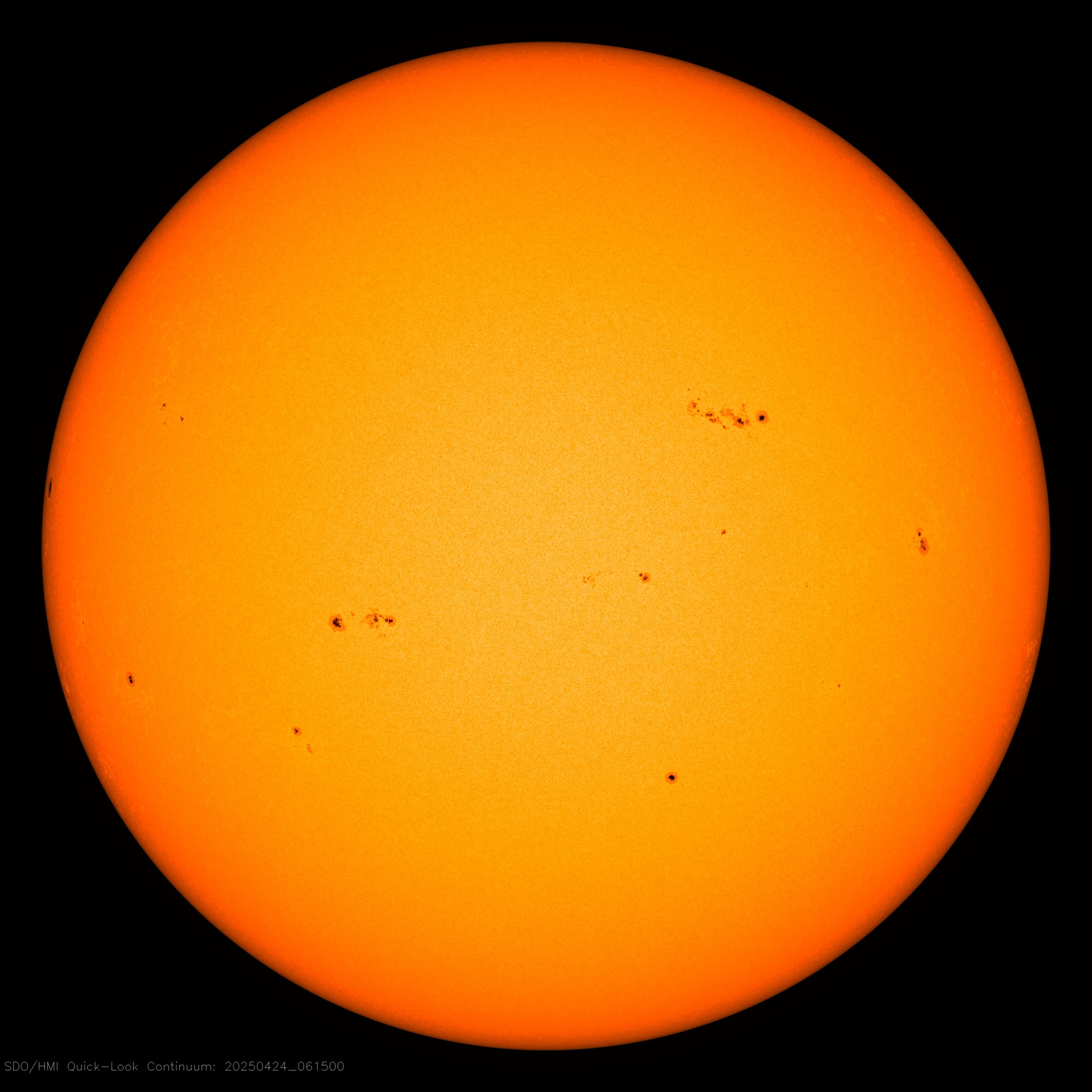October 21, 2012 – SPACE – Earth is passing through a stream of debris from Halley’s Comet, source of the annual Orionid meteor shower. Forecasters expect ~25 meteors per hour when the shower peaks on Oct. 21st. No matter where you live, the best time to look is during the dark hours before sunrise on Sunday morning. Observers in both hemispheres can see this shower. On Oct. 19th, as Earth was making first contact with the debris stream, NASA’s All-sky Fireball Network recorded 10 Orionid fireballs over the southern USA.












I’m hoping that we have clear skies tonight, but I think that rain is coming in. 😦
I’m sure you’ve already seen or heard about this, but there was a M5.3 – 26km ENE of King City, California with an aftershock of a M2.9. Praying that this just released some pressure and isn’t a foreshock of something bigger.
LikeLike
X-FLARE: Earth orbiting satellites have just detected an X1-class solar flare (Oct. 23 @ 0322 UT) from big sunspot AR1598. NASA’s Solar Dynamics Observatory recorded the extreme ultraviolet flash
Radiation from the flare created waves of ionization in the upper atmosphere over Asia and Australia (the daylit side of Earth) and possibly HF radio blackouts at high latitudes. It is too soon to say whether the blast also hurled a coronal mass ejection (CME) into space. Stay tuned for updates.
SpaceWeather.com
LikeLike
Updated 10/23/2012 @ 03:22 UTC
X1.8 Solar Flare
An impulsive, yet strong Solar Flare, just took place around Sunspot 1598. The latest event measured X1.8 and peaked at 03:17 UTC Tuesday morning. Impulsive solar flares do not usually produce large Coronal Mass Ejections, however I will provide updates as new information comes in. The image and movie below both captures the flare in progress – Solarham
Kaos
LikeLike
NOAA forecast at 75% M Class chance and 20% X Class.
LikeLike
There seems to be an increase in reports of objects in the sky.i wonder how this will go as time progresses.
LikeLike